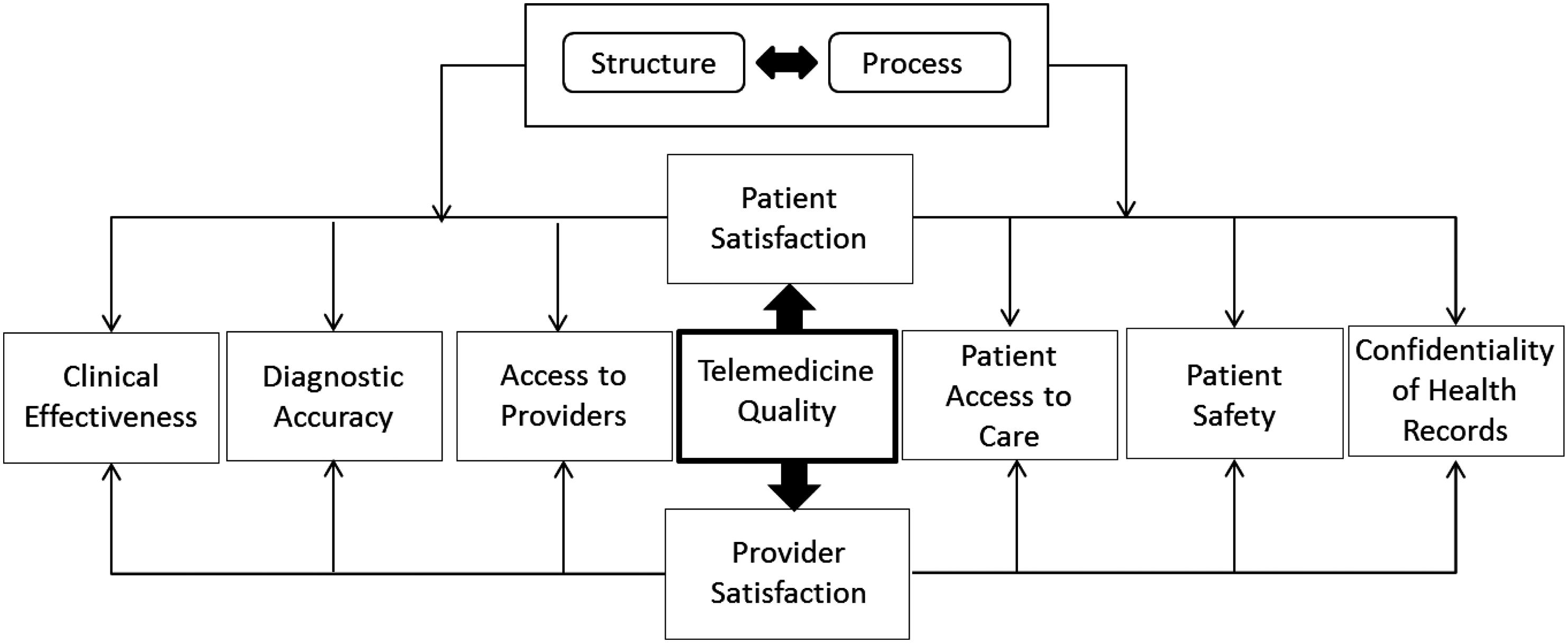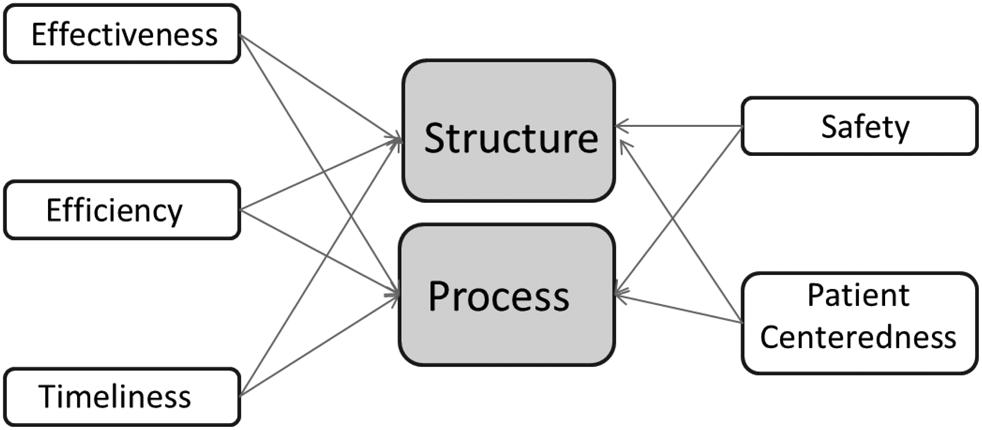
3 minute read
Examples of SMED Healthcare Applications
elements, split into three parts: external elements (before the changeover), internal elements (during the changeover), and external elements (after the changeover). 4. Convert internal elements to external. In this step, the current changeover process is carefully examined, with the goal of converting as many internal elements to external as possible. For each internal element, the team should ask the following questions: How can these internal elements be made external? This will result in a list of elements that are candidates for further action. This list should be prioritized so the most promising candidates are acted on first. Fundamentally, this comes down to performing a cost/benefit analysis for each candidate element: – Cost as measured by the materials and labor needed to make the necessary changes. – Benefit as measured by the time that will be eliminated from the changeover.
Once the list has been prioritized, work can begin on making the necessary changes. 5. Streamline the remaining elements. In this step, the remaining elements are reviewed with an eye toward streamlining and simplifying so they can be completed in less time. First priority should be given to internal elements to support the primary goal of shortening the changeover time. For each element, the team should ask the following questions:
Advertisement
How can this element be completed in less time? How can we simplify this element? As in the previous step, a simple cost/benefit analysis should be used to prioritize actions.
One of the challenges for surgeons and other healthcare professionals is how to improve patient care handoffs. SMED is a lean tool that can improve changeovers in healthcare and beyond (Kashmer, 2014). As previously discussed, the essence of SMED is reducing changeover time by converting elements in the changeover process to elements that can happen before a machine is shut down for an actual changeover. Kashmer extended the analogy to a trauma and acute care surgery service, in which case the machine is the service rendered to patients or that time when the service is up and running and available. The “changeover” represents the morning handoff. The key to a successful handoff is to ensure that the required
information (content and accuracy) for providing excellent clinical care is transmitted at the right time. Handoffs seldom go as planned. They often take too long, do not provide the kind of information needed by the team, sometimes are not aimed at the patients’ needs, or mishandle the teaching points. Kashmer presents the following account of the steps followed in the implementation of SMED in trauma and acute care surgery:
1. Videotaping the sign-out or turnover. Patient confidentiality is preserved by destroying the video after reviewing it. This is part of a quality improvement study. Accordingly, expedited Institutional Review Board (IRB) standards usually apply, as do routine Health Insurance Portability and Accountability Act (HIPAA) protections. 2. The SMED team meets to discuss the desired elements (characteristics) of a good sign-out. 3. Next, caregivers review the tape (without the larger group) to gain a sense of its content and begin to apply SMED methodology. 4. Label elements of the sign-out as “essential to changeover” or as candidates to move externally. For example, factors can be determined like the number of times people waited for radiology films to load during sign-out or whether the films can be loaded and waiting beforehand, including the need to bring up labs. 5. Identify steps that make sign-out less effective, slow it down, or otherwise get in the way, so they can be made external relative to the signout process. 6. The options and possibilities include bringing up labs ahead of time or ensuring that radiologic films are ready and waiting. A teaching point of the day can be prepared from the night’s events, typed, and printed for discussion. This makes it possible for the team to be focused on the single, relevant message for the day instead of 30 ad-hoc teaching points. 7. Next, review the video with the larger team and make sure to highlight with them the internal versus external parts of the process. 8. With the team, sign-out is redesigned, and the team determines what needs to be made an external process. The new process might take time to normalize. The first time the new process is tried, a trauma activation will be called just as the prep work is starting. 9. It is always helpful to build in a little redundancy or robustness into the process. For example: perhaps the in-house on-call person need not prepare a teaching point (when the group decides they want a daily





